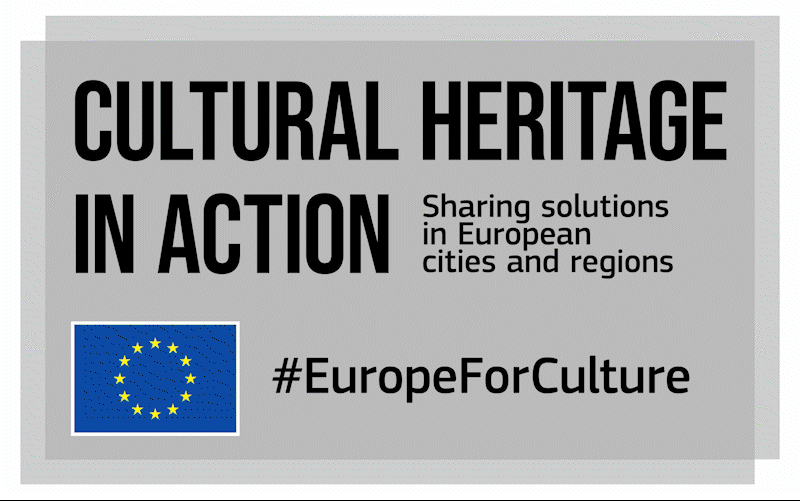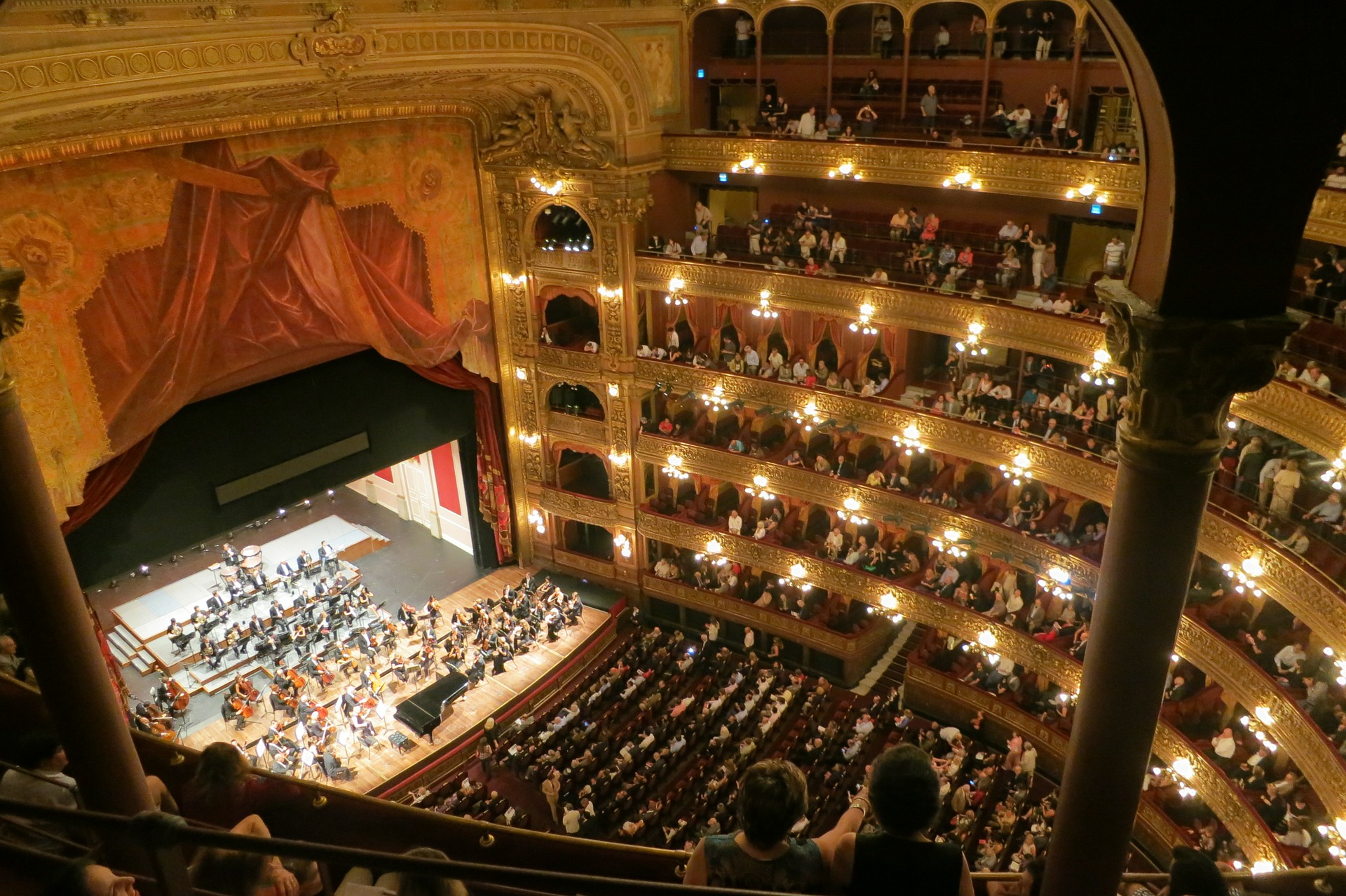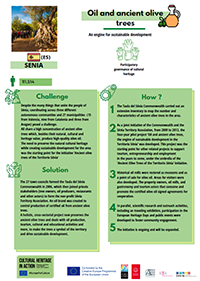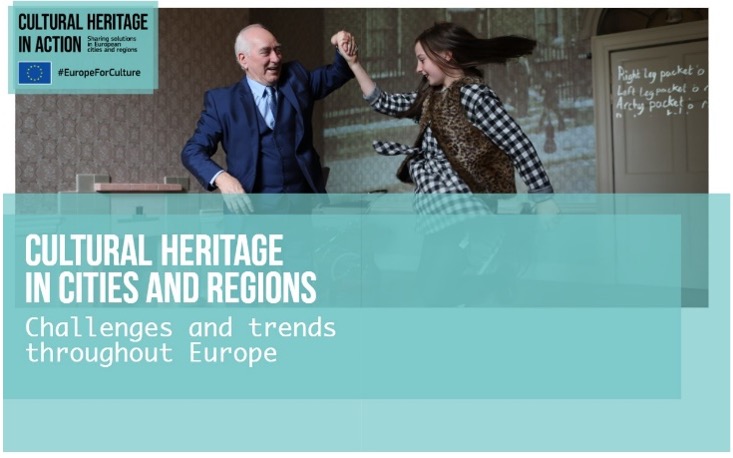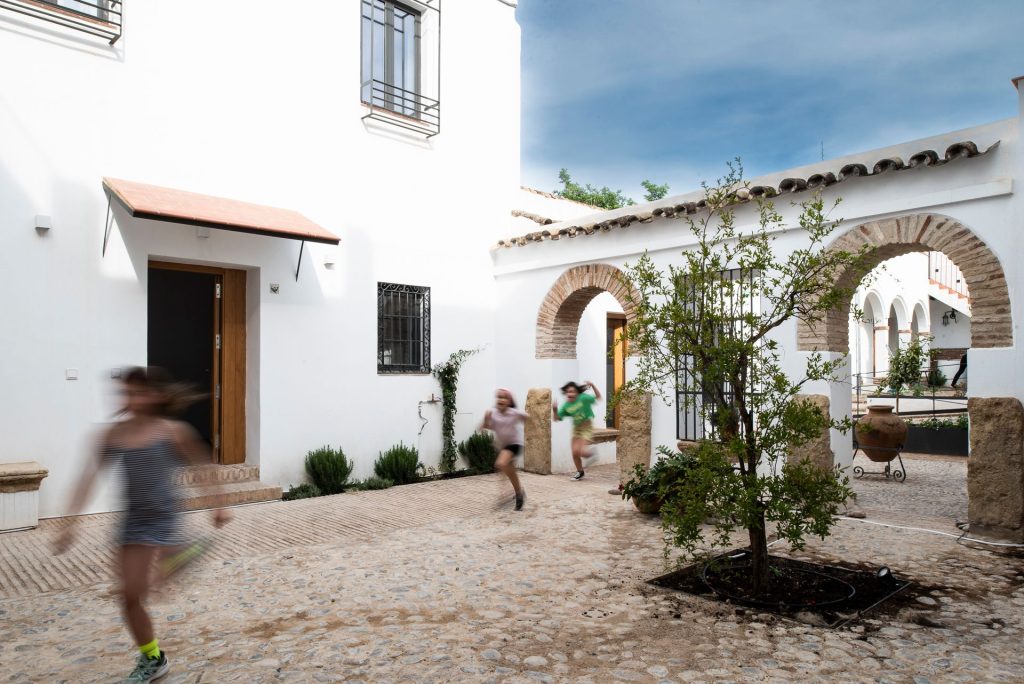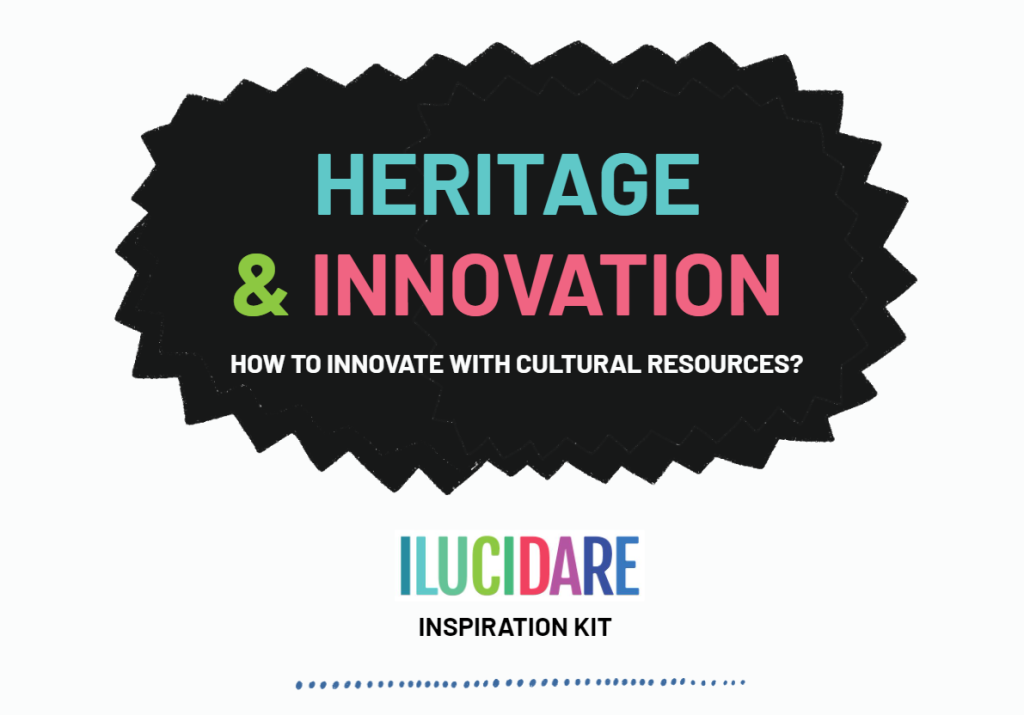A recap of the Cultural Heritage in Action online event from 8 December 2021.
For cities and regions, Covid-19 has led to the need to “use culture as an integral part of recovery.” So said European Commission Director General for Education and Culture, Themis Christophidou, at the launch of a new digital publication on cultural heritage, ‘Challenges and trends throughout Europe.’
Recovery is just one of many challenges that the publication identifies, and it is chock-a-block with inspiring ideas to overcome these challenges transmitted through text, videos, images and podcasts that immerse the reader in Cultural Heritage in cities around Europe, and its enormous potential. The publication demonstrates how to activate this potential to tackle inequality and social exclusion, rising urbanisation, and how to move past top-down systems.
The EU-funded Cultural Heritage in Action project is just one of the tools that the EU has put in place for cities and regions, including the New European Bauhaus, awards such as Capital of Culture, and new opportunities such as the upcoming European Year of Youth, said Christophidou. She stressed the latter as “a chance to put culture in the hands of the next generation.” For those looking to navigate the myriad channels of funding for culture for the EU Christophidou pointed to a newly produced guide, available here.
Member of the European Parliament and Committee on Culture and Education Member, Marcos Ros Sempere also highlighted the role of culture and cultural heritage as a catalyst for a sustainable recovery in European cities and regions. Culture, he said, supports and enhances European values and the bloc’s sustainability goals. This is recognised at the upmost levels, for which reason, he said, the “budget for culture was doubled in the new European Financial Framework”
According to Sempere, the EU is keen to keeping the legacy of the European Year of Culture alive and has defined the following areas for doing so: education and vocational training, the digital dimension of heritage, sustainability and boosting the economic dimension of heritage. He hailed the New European Bauhaus as having the power to “take Europe to a new Renaissance.”
Lille Deputy Mayor for Culture and International Relations, Marie Pierre Bresson pointed to the many possibilities that culture can unlock, from social cohesion to wellbeing and sustainable development in European cities – all areas touched upon by Cultural Heritage in Action’s new publication. Lille’s own spare as European Capital of Culture, said Bresson, was a way to renew the city and the urban area.
She pointed to the Maisons Folie, which have used spaces like an old textile factory regional, national, international artistic teams, associations and inhabitants of the neighbourhood “we want this place to be a crossroads between very high-level artistic propositions and a very close neighbourhood.”
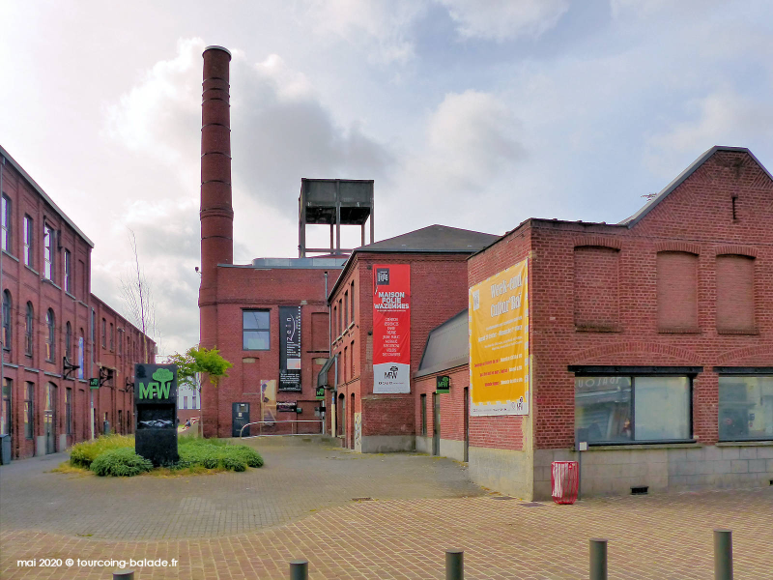
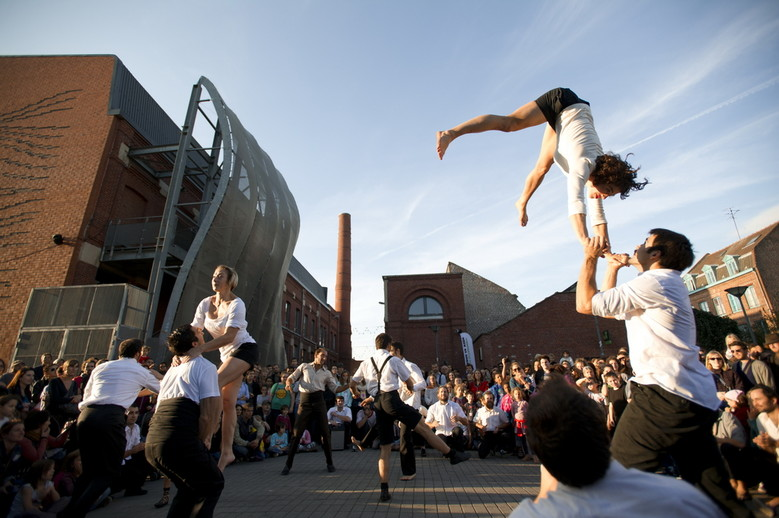
Europa Nostra Secretary General Sneška Quaedvlieg–Mihailović, echoed a quote from Sempere “Good architecture, good urban planning can improve our life,” and enthused about the inclusion, through the New European Bauhaus, of beauty as an acclaimed European Value. She hailed the work of the EU, including through projects like Cultural Heritage in Action, as fulfilling the promise of the European Year of Culture and Heritage: “All that we were dreaming of and calling for from the European Year of Cultural Heritage, I have that feeling – yes, it’s happening.”
She invited cities to participate in the Europa Nostra award for best practices in cultural heritage, many of the winners of which have also achieved recognition in Cultural Heritage in Action’s catalogue of best practices. She highlighted how Tampere’s Adopt a Monument practice, which allows locals to become the “guardian angels” of local heritage; as well as flexible management models involving the business community, as with the ancient olive trees of Senia which have become the centre of a new branding and sustainability exercise.
Julie Hervé, Eurocities Policy Advisor for Culture, gave a run-down of the Cultural Heritage in Action project, from its catalogue of 32 good practices to its videos and peer learning visits. To learn more about the project, click here. She brought the audience’s attention to key trends in cultural heritage, identified during months of research through the EU-funded project.
“There is a huge appetite from policy-makers to learn from each other,” Hervé said, continuing that “cultural heritage is a crucial resource for local and regional development.” This is testified to by local strategies, political support and funding, as wells as by the multiplication of cross-sectoral synergies with culture, especially in relation to social inclusion.
Hervé also identified the trend of cities and regions taking up new working methods via participation of local stakeholders and citizens, and also new networks of stakeholders that are being brought into local policymaking. Finally, she mentioned how, especially during the Covid-19 pandemic, built heritage is increasingly being returned to the public as meeting places. For those looking to gain deeper insight on these trends, Hervé invited them to consult another Cultural Heritage in Action publication, Cultural Heritage as a Powerful Catalyst for Cities and Regions.
In the coming months, Cultural Heritage in Action will continue with new practices, visits and events, and Hervé took the opportunity to hear from participants about the value that they had gained from the programme.
Marie Claire Dangerfield from the Rotterdam City Archive spoke of the benefits that her city had realised through hosting an online peer-learning visit. According to Dangerfield, Rotterdam really wanted to share their best practice with the wider European community because of how they had seen it empower their own community.
“The peer-visit itself was really fantastic,” Dangerfield said, including all the input the city received, especially on some technical solutions that other cities were using. Her advice for cities considering hosting a visit? “Definitely do it. It’s a lot of work in the planning, but you know that your method works. What you’ve done in your area can inspire others, and it’s very easy for that enthusiasm to be infectious.”
Jean-Sébastien Misson, Manager of Namur’s Citadel gave the point of view of a city that had enjoyed taking part in a visit to Šibenik during the project, comparing local approaches to the citadel to the Croatian city’s approach to its fortress. “I was curious to see how things were done in Šibenik, because we’re starting a new project,” Misson explained.
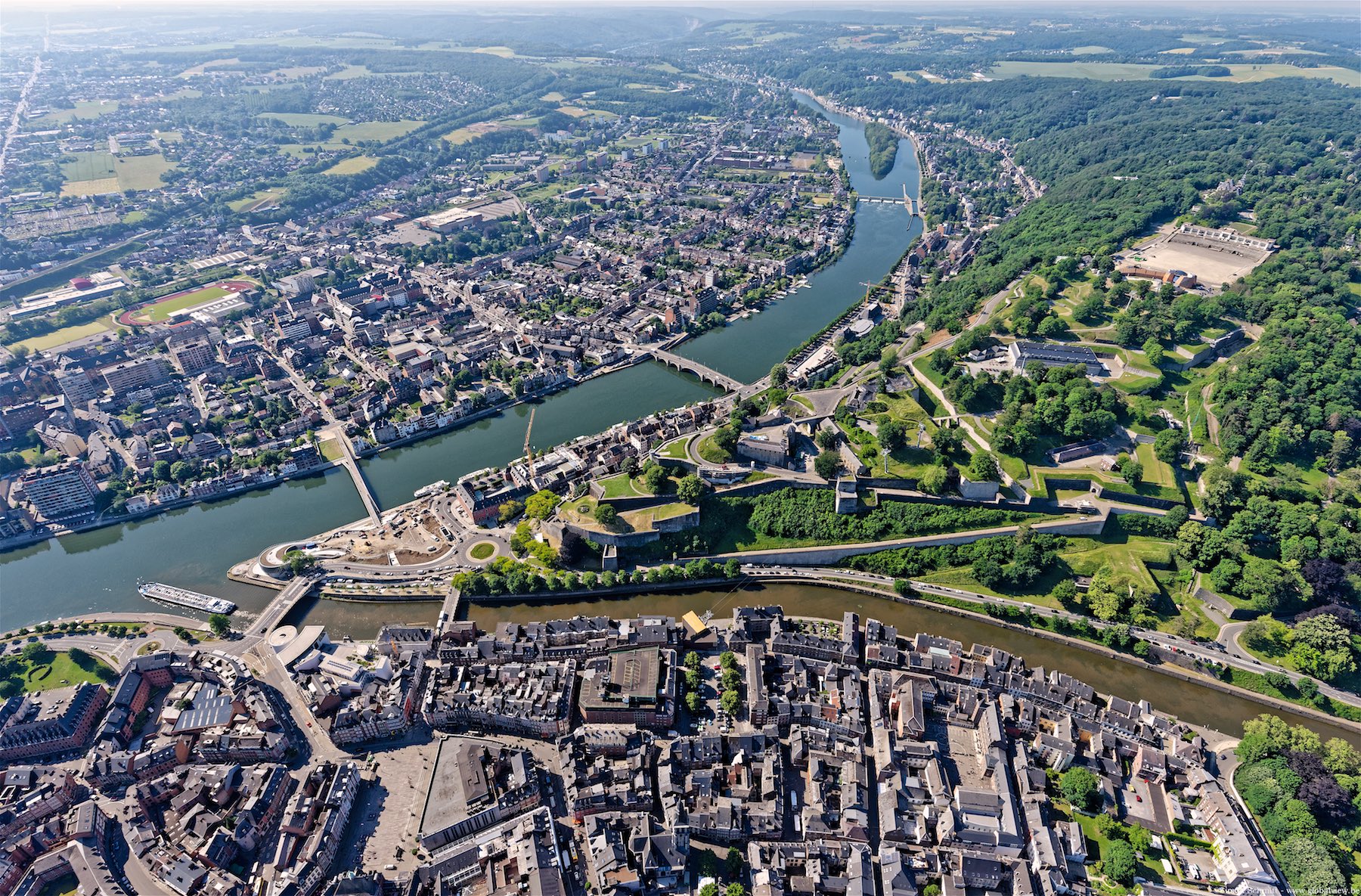
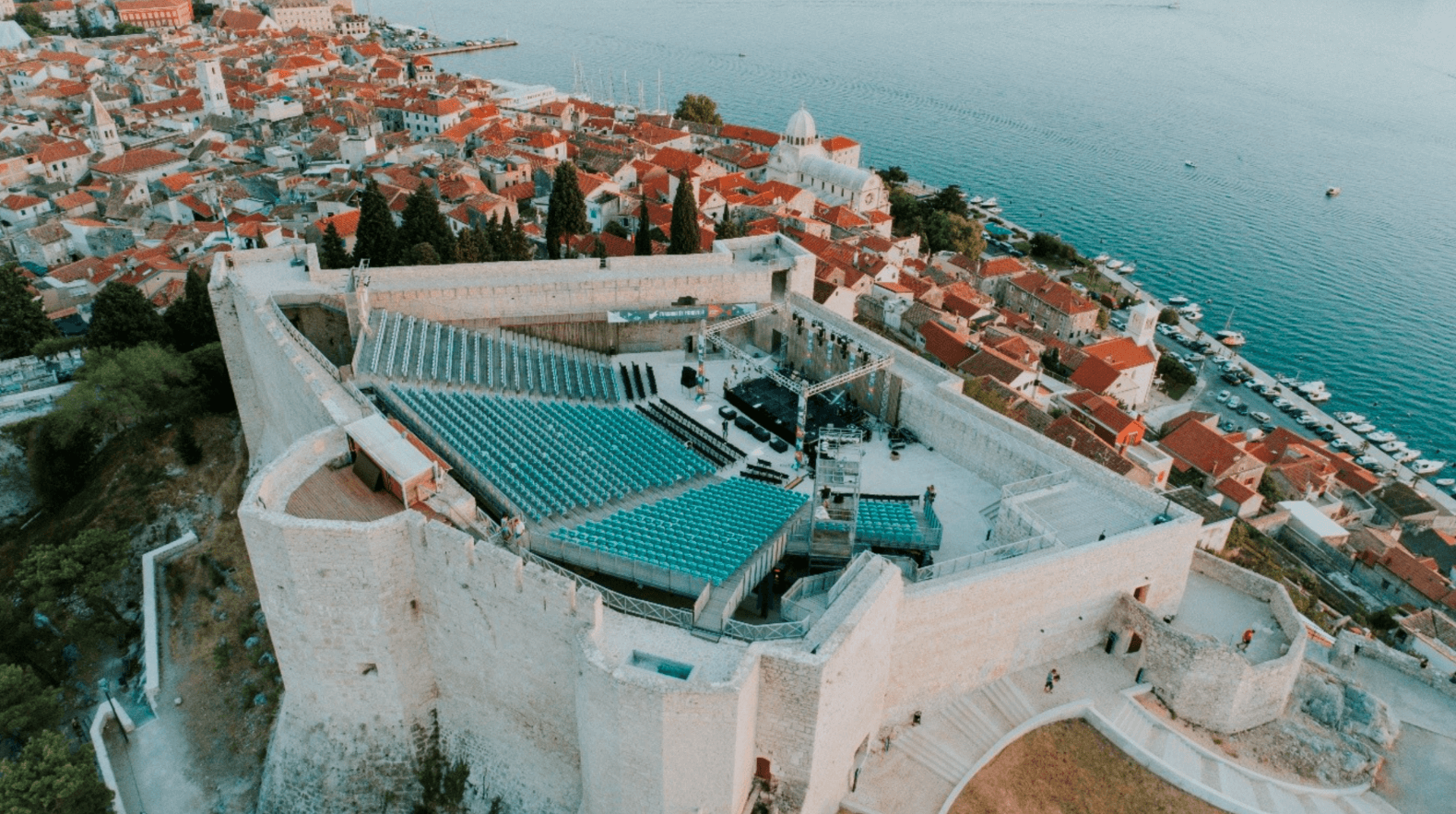
He was impressed by “the diversity of the programme, trying to reach a broad public all year round,” and “how local citizens were involved in supporting the project.” He was also able to note “the need for a very strong and dedicated team” – all points that will factor into his own city’s work. Misson also pointed to the new bonds with cities around Europe, glad that he will remain in touch with his newly discovered international colleagues.
Nils Scheffler, an urban expert from Berlin who took part in many of the visits noted a common theme of “the struggle to activate and involve participants.” Such struggles could be exacerbated by different working cultures and working rhythms between the public and private sector and other local organisations – differences which must be factored into cooperation. His top takeaways from the visits were that exchanges work best when there is a common challenge, that everyone can bring something interesting, that preparation is essential, and that hybrid online and offline methods would make for the ideal event.
Eurocities culture team members Cécile Houpert and Irene Alonso Toucido concluded the main event with a dive into Cultural Heritage in Action’s latest publication – a digital gold-mine of resources for anyone interested in cultural heritage at local and regional level. This online publication is stuffed with great examples from cities told in the form of text, video and podcasts. It also holds insights on future trends – ways for cities and regions to get ahead of the game and understand the problems that are coming up – and ten steps towards sustainable development of local cultural heritage.
So what are you waiting for? Browse the publication here after checking out our handy guide to using it.
This article has first been published on the Eurocities website.
